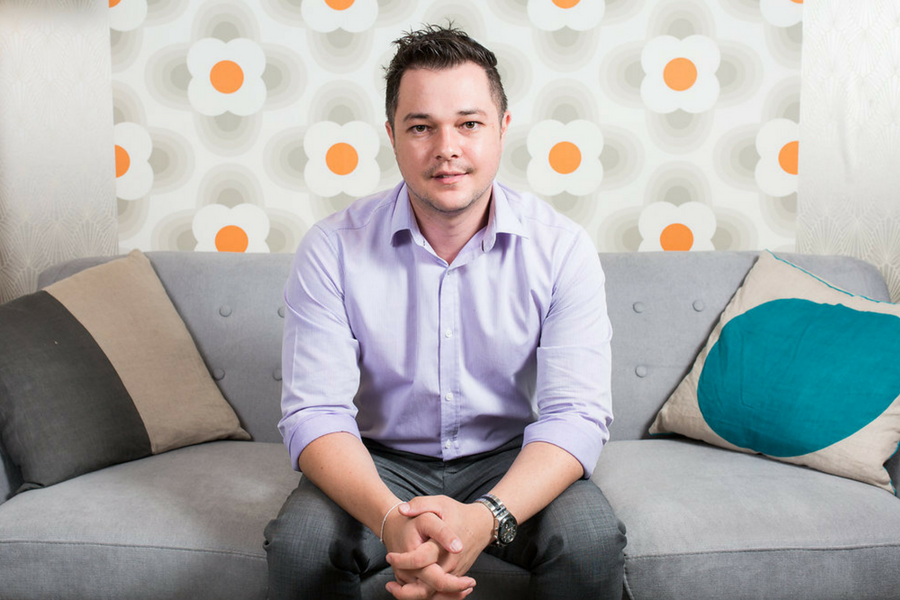Creative tech: it’s a term that is relatively new to our startup scene. But just because the industry is still growing in Australia doesn’t mean that your startup can’t benefit from what creative tech has to offer.
Creative tech is where technology and innovation collide with arts, design, media and content creation. Think of internationally successful startups such as Canva, Fame & Partners or 99 Designs. While creative tech might not be the first thought that comes to mind when you think about these companies, the creative industries actually sit at their core.
But research around the rise of creative tech in Australia has largely been overlooked. While there are many verticals of creative tech, including wearables, AR or robotics, these are often represented by the arcs of the ‘creative industries’ or just ‘technology.’
So, how do you define whether or not your startup actually fits into the creative tech family? And how can you make it stand out?
Get immersed in the right ecosystem
There are dozens of programs for startups across Australia, but the trick is finding the one that is right for your creative business.
The startup journey can often be a lonely one, particularly in the early days. Being a great founder means founding the basis of your knowledge from the best experts; people who have tried, failed, succeeded and lived through those business cycles enough times to know what will and what won’t worth. This is what a community of like-minded industry entrepreneurs can offer you and is why you need to make good choices in your ecosystem.
Australia has really embraced how co-working spaces, incubators, and accelerator programs can develop these core groups and areas. Checking out your state’s government body for entrepreneurial support structures is a great start to help find your ecosystem. For example, Advance Queensland is promoting co-working spaces to international startups through the HotDesQ program. And at QUT Creative Enterprise Australia (CEA) we also run incubation programs, co-working spaces and accelerators for creative tech startups.
Apply to pitching competitions and be prepared for constructive criticism
Finding the right pitching competition and being put in front of the right opportunities can be crucial to fast-tracking your development.
For instance, last year’s Creative3 Pitch winner Darren Tonkin nearly didn’t enter his photo sharing app Storyboard Social into the pitching competition. Why? Because he didn’t think that Storyboard fit into the realm of creative tech. But, after entering anyway, Darren went on to win the Creative3 Pitch, came 13th representing Australia at the Creative Business Cup in Denmark, and this year went on to participate in Virgin StartUps accelerator StepUp.
Pitching events can help you hone your presentation skills and expose you to local and international investors. These are the types of people who will be able to give you the best feedback to help you take your company to the next level or look for the right types of investment opportunities.
In the US and Europe many startup founders are treated like rock-stars; and we are slowly starting to see a mental shift in this approach here in Australia. By profiling our influential leaders, studying entrepreneurship from as early as high-school and university, and continuing to support startup and entrepreneurial activities such as Creative3, the Myriad Festival and Pausefest, we can greatly aid in driving the awareness of the importance of Australia’s entrepreneurial market.
Target the right market and investors; both locally and internationally
The creative industries are worth AUS$90 billion to the Australian economy, and contribute close to AUS$45 billion to the GDP. Compare this to the UK, where the creative industries contribute around AUS$16 million per hour to their economy, and the US where more than AUS$900 billion of their GDP can be contributed to creative industries. It’s really no surprise that many Aussies are looking overseas for investment and growth opportunities in creative tech.
Like many businesses before them, creative tech startups will find that Australia has a relatively small customer market. Which makes building channels into international markets a key friction point. Thankfully, there now a number of organisations playing a key role in helping to solve this issue. As the Australian host of the international Creative Business Cup competition, CEA helps build channels and networks into Europe, which are furthered through our exclusive partnership with Virgin StartUp in the UK. River City Labs is another group opening Australian businesses to the world through the Startup Catalyst program.
But if you’re looking in Australia don’t worry, because it’s not just a one-way ticket. We’re now seeing international entrepreneurs and experts set up shop down under. At CEA we’ve seen startup founders come from Denmark, India and New Zealand to take part in Australia’s first creative tech accelerator. We have international facilitators from New York and Silicon Valley setting up shop in Australia. Advance Queensland’s recent Hot DesQ program has also seen international startups relocate to Brisbane to get a taste of our startup ecosystem.
When it comes down to it, you need to make the most out of the opportunities that are given to you as a startup. And you must have a never say die attitude. So make sure you’re researching different hubs and genres that you can fit into, and find the right startup tribe. There will likely be many more opportunities than you originally thought.
Mark Gustowski is the Executive Manager and acting CEO at QUT Creative Enterprise Australia (CEA), the host of Creative3 Pitch. Applications for Creative3 Pitch are open until June 26, 2017.




















Trending
Daily startup news and insights, delivered to your inbox.